一、变量定义
四种方式:
- 完全体:var name type
- 类型推断:var name = value
- 最简体:name := value(仅用于函数内变量,包内变量不行)
- 变量聚合定义:var( name1=value1 name2=value2 )
package main
import "fmt"
// 定义包内变量
var (
aa = 1
bb = "lanxin"
)
// 定义变量,只使用默认初值
func variableZeroValue() {
var a int // 0
var s string // ""
var b bool // false
fmt.Println(a, s, b)
}
// 定义变量,赋初值
func variableInitialValue() {
var a, b int = 1, 2
b = 3
var s string = "lanxin"
fmt.Println(a, b, s)
}
// 类型推断
func variableTypeDeduction() {
var a, b, c, d = 1, 2, true, "hi"
fmt.Println(a, b, c, d)
}
// 最简定义变量方式
func variableShorter() {
a, b, c, d := 3, 2, true, "hi"
fmt.Println(a, b, c, d)
}
func main() {
variableZeroValue()
variableInitialValue()
variableTypeDeduction()
variableShorter()
fmt.Println(aa, bb)
}
二、内建变量类型
8 类变量类型:
- bool
- string
- (u)int、(u)int8、(u)int16、(u)int32、(u)int64
- uintptr 指针
- byte
- rune 字符型,32 位,类比 char
- float32、float64
- complex32、complex64 复数 i = √-1
注意:类型转换必须强制转,转化成的类型可以不带小括号,如下:
// 强制类型转换
func triangle() {
var a, b int = 3, 4
var c int
// float64 和 int 可以不加小括号,也可以加上
// 开方内建函数定义:func Sqrt(x float64) float64
c = int(math.Sqrt(float64(a*a + b*b)))
fmt.Println(c)
}
三、常量与枚举
- 常量定义方式(常量必须有 value)
- 完全体:const name type = value
- 后续的使用自动补类型:const name = value
- 枚举定义方式(Go 没有枚举,用 const 块来定义)
- 自定义枚举:const ( name1=value1 name2=value2 )
- iota 表达式枚举:const ( name1=iota表达式 name2 )
// 常量 func consts() { // 指定类型 const filename string = "filename-const" // 不指定类型,表示类型不定 const a, b = 3, 4 var c int // 由于类型不定,所以这里不需要强转,如果定义为 const a, b int = 3, 4,则需要强转 c = int(math.Sqrt(a*a + b*b)) fmt.Println(filename, a, b, c) } // 枚举 func enums() { // 使用 const 块来实现枚举 const ( java = 0 cpp = 1 c = 2 ) fmt.Println(java, cpp, c) // 0 1 2 // 使用 iota 块来实现自增枚举 const ( java1 = iota cpp1 c1 ) fmt.Println(java1, cpp1, c1) // 0 1 2 }
四、条件语句
if:变量可以定义在 if 块内,其作用域就只在 if 块内。
package main
import (
"fmt"
"io/ioutil"
)
func readFile() {
const filename = "abc.txt"
// Go 函数可以返回两个值
// func ReadFile(filename string) ([]byte, error)
contents, err := ioutil.ReadFile(filename)
if err != nil {
fmt.Println(err)
} else {
// contents 是 []byte, 用%s 可以打印出来
fmt.Printf("%s", contents)
}
// if 语句外部可访问
fmt.Printf("%s", contents)
}
func readFileShorter() {
const filename = "abc.txt"
// Go 函数可以返回两个值
// func ReadFile(filename string) ([]byte, error)
if contents, err := ioutil.ReadFile(filename); err != nil {
fmt.Println(err)
} else {
// contents 是 []byte, 用%s 可以打印出来
fmt.Printf("%s", contents)
}
// if 语句外部不可访问
//fmt.Printf("%s", contents) // 报错
}
从上边可以看出 Go 对文件操作也非常简单。
switch:默认自带break,如果想穿下去执行,使用 fallthrough
// switch 默认自带break,如果想穿下去执行,使用 fallthrough
func eval(a, b int, op string) int {
var value int
switch op {
case "+":
value = a + b
case "-":
value = a - b
default:
panic("unsupport operator" + op)
}
return value
}
五、循环
for:for 的三个组件都可省略,Go 没有 while,用 for 来替代
package main
import (
"bufio"
"fmt"
"os"
)
func sum() int {
var value int
for i := 0; i <= 100; i++ {
value += i
}
return value
}
// 等同于 while(true)
func deadLoop() {
for {
fmt.Println("this is a deadLoop")
}
}
// Go 没有while,循环全部用 for,for的三个组件都可以省略
func printFile(filename string) {
// 打开文件
file, err := os.Open(filename)
// 如果出错,结束进程
if err != nil {
panic(err)
}
// 获取读取器
scanner := bufio.NewScanner(file)
// 读取:It returns false when the scan stops, either by reaching the end of the input or an error
for scanner.Scan() {
fmt.Println(scanner.Text())
}
}
六、函数
func 函数:
- 可以有多个返回值
- 函数的参数类型可以是 func – 函数式编程
- 支持可变长参数
======================== 可以有多个返回值 =========================
// 函数可返回多个值
// 接收:q, r := div(10, 3)
// 如果只用其中一个值,另一个用下划线:q, _ := div(10, 3)
func div(a, b int) (int, int) {
return a / b, a % b
}
// use
q, _ := div(10, 3)
======================== 函数的参数类型可以是 func =========================
// 可以使用函数作为参数,函数参数与内部参数一样,函数名在前,函数类型在后
// 后续传参,可以使用匿名内部函数,也可以先定义函数再传入
func apply(op func(int, int) int, a,b int) int {
return op(a, b)
}
// use
result := apply(func(x int, y int) int {
return x + y
}, 10,4)
======================== 支持可变长参数 =========================
// 可变长参数
func sum2(nums ...int) int {
s := 0
for i := range nums {
s += nums[i]
}
return s
}
// use
sum2(1, 2, 3)
七、指针
Go 只有值传递,引用传递需要借助指针实现,引用传递实际上也是值传递,只是传递的是地址
// 值传递,函数参数拷贝了一份外界的 a, b
func swap_by_value(a, b int) {
b, a = a, b
}
// use
a, b := 3, 4
swap_by_value(a, b)
fmt.Println(*(&a), b) // 3 4 没有实现交换
函数参数拷贝了一份外界的 a, b
// Go 只有值传递,想实现引用传递,使用指针
// *int 代表是指针类型,此时会将外界传入的 &a 拷贝给 这里的a,即这里的 a 拿到的是外界的 a 的地址
// 通过 *a,由于 a 是 &a,这里的 *a 相当于 *(&a) ,即从地址中取值
// 由于函数内部直接操作的是外界的 a,b 的内存地址,所以可以实现引用传递
func swap_by_pointer(a, b *int) {
*b, *a = *a, *b
}
// use
swap_by_pointer(&a, &b)
fmt.Println(a, b)
*int 代表是指针类型,此时会将外界传入的 &a 拷贝给 这里的a,即这里的 a 拿到的是外界的 a 的地址 通过 *a,由于 a 是 &a,这里的 *a 相当于 *(&a) ,即从地址中取值 由于函数内部直接操作的是外界的 a,b 的内存地址,所以可以实现引用传递


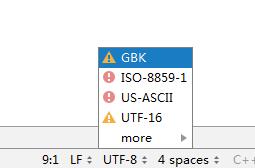
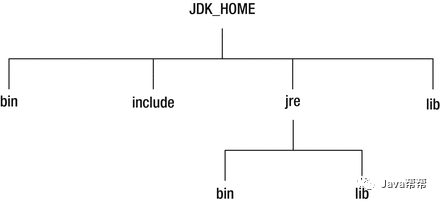


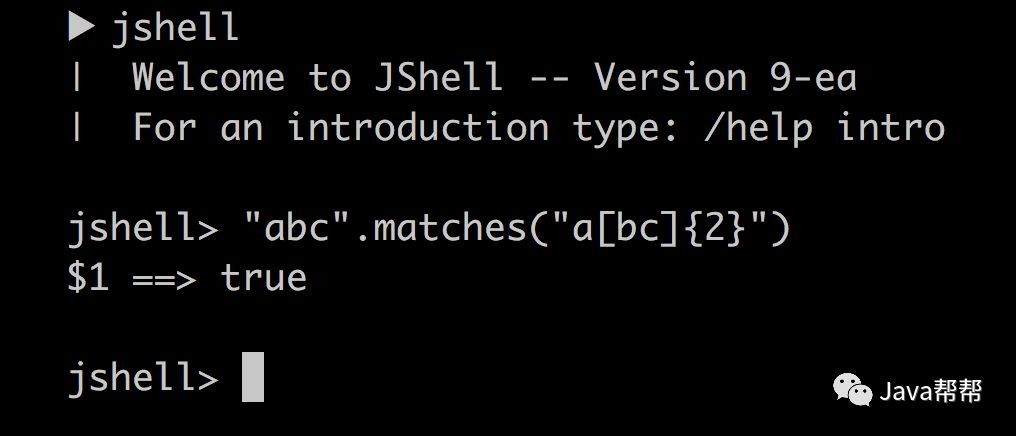

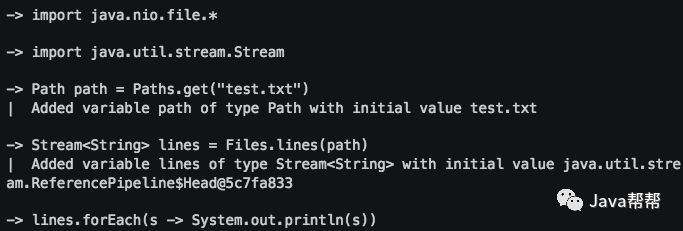



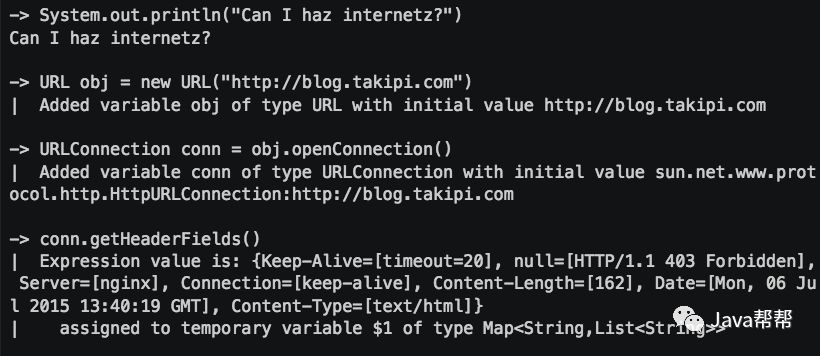

近期评论